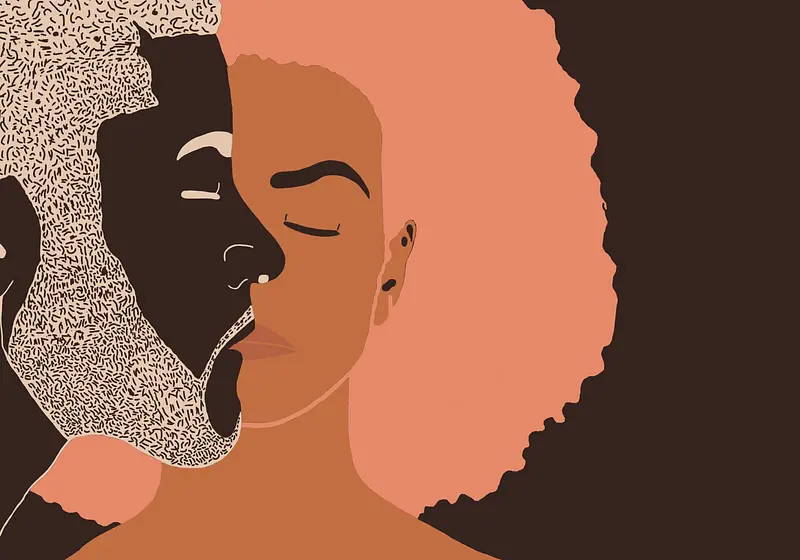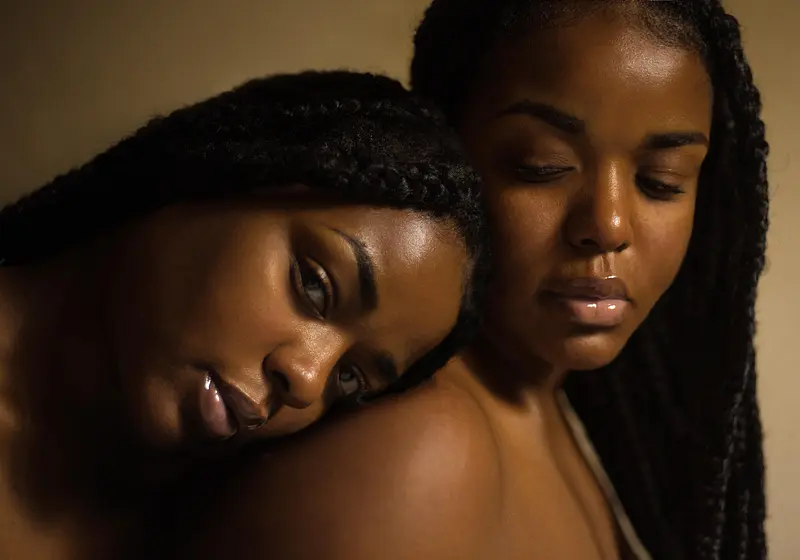Centuries of gender bias is still deep-rooted in our society. Even in 2020, gender bias can be found in textbooks. Even in today's time, women are underrepresented or represented in traditional roles in many countries throughout the world. Today, we intend to remind the authorities that unless this issue is addressed, gender discrimination cannot truly end.
Let us slide into your dms 🥰
Get notified of top trending articles like this one every week! (we won't spam you)What is Gender-Bias?
Gender-Bias refers to a preference or prejudice of one gender over the other. Historically, our society has been patriarchal with laws forbidding women from driving, voting, choosing professions of choice, or even wearing a suit!
It is important to remember when considering gender bias and the law, that not all regions approve or desire gender equality under the law. In some countries, even today, gender discrimination is prevalent. Studies of some regions have also shown gender bias in laws and regulations, with women being subjected to severe penalties, including execution, for crimes such as adultery, whereas for men, adultery may not be considered a crime at all or may have lighter sentencing guides.

Take the Quiz: Which "The Summer I Turned Pretty" character are you most like?
Find out which character from the hit show "The Summer I Turned Pretty" is your personality twin!
The Issue
Depicting men as doctors and women as nurses; men in paid employment and women in voluntary roles are some stereotypes that are commonly found in children's textbooks. This instills a belief in girls that they cannot choose a profession of their choice. Presence Gender-Bias in textbooks shows that we still live in an inherently misogynistic society.
According, to the annual report's fourth edition, "In Afghanistan, women were almost absent from grade 1 textbooks published in the 1990s. Since 2001, they have been more present but in passive and domestic roles as mothers, caregivers, daughters, and sisters. They are mostly represented as dependent, with teaching being the only career open to them".
"Similarly, a review of 95 primary and secondary compulsory education textbooks in the Islamic Republic of Iran showed that women accounted for 37 pc of images. About half the images showing women were related to family and education, while work environments appeared in less than 7 pc," it added.
According to The Global Education Monitoring Report (published by UNESCO), "Early childhood education textbooks, from the Republic of Korea, depicted rabbits and foxes as female and lions and tigers as male".
Another report suggests, a study of introductory economics textbooks in the United States found that 18 pc of characters mentioned were female, mostly portrayed in relation to food, fashion, or entertainment.
Another study suggests that in Spain, the share of female characters was 10 pc in primary school and 13 pc in secondary school textbooks. Just One-fifth of more than 12,000 images were of women.
Similarly, in Pakistan. A period of reform that seems to have been spurred by UNESCO in the early EFA years coincided with a more secular government.
But within the Ministry of Education, many of the people who were tasked with carrying out the reforms in textbooks, curricula, and beyond opposed them: they saw no problem with either underrepresentation of females or very traditional, stereotyped depictions of them in textbooks. Analyses at the end of the reform decade have found no change in a pro- gender equity direction: recent books appear as biased as those reviewed in a UNESCO study.
Furthermore, a study shows that in India, on average, "more than half the illustrations in primary English, Hindi, mathematics, science and social studies textbooks depicted only males, while only 6% showed just females. In the six mathematics books used in primary schools, men dominated activities representing commercial, occupational and marketing situations, with not a single woman depicted as an executive, engineer, shopkeeper or merchant."
Why does resistance to reform textbooks exist?
Even though equal representation in school textbook seems like a no brainer, a lack of political leadership coupled with a weak civil support has limited the enactment of these changes.
In some instances, the recommendation of policies from a global level seems to dissipate on a national level. Findings of the Ford Foundation in China, suggest that some stakeholders were skeptical of these changes to the curriculum. Similarly, in many other countries, resistance within institutions responsible for curriculum changes reinforced by lack of pubic support has resulted in the trivialization of textbook reforms.
However, some countries like Jordan, Palestine, India, and Sweden have shown positive changes, with equal representation of women and men. For instance, in Jordan, women have been portrayed as Prime Ministers, pilots, and fighters. Some Indian textbooks facilitate an open conversation about gender bias and stereotypes.
All of these studies and researches go on to explain that if public awakening and support exist, gender discrimination can be uprooted from our society.
Effects of Textbooks on Children
Textbooks are an essential part of learning. Textbooks have been used as an effective teaching aid. The contents of textbooks can influence students especially impressionable kids and teenagers.
Textbooks teach us information and facts, but they simultaneously teach and imply social standards. Media and education, both primary sources of information for youth worldwide, shape the lens through which we perceive the world. It is imperative that these primary sources of information, which play a significant role in our cognitive development and understanding of social norms, serve a good example.
This makes the removal of gender bias from textbooks, instrumental to the end of gender discrimination.
Final Thoughts
Fight against gender discrimination has been a long and difficult one. This struggle began in the 19th century when New Zealand became the first self-governing state to allow women to cast their votes. Two centuries later and the fight still hasn't ended, but we stand strong and optimistic that gender discrimination will end.
A big step towards an unbiased society would be the removal of textbooks that underrepresent women. The concerned authorities should set up a body that recognizes such texts and ensures equal representation.
Furthermore, when you, as a student/ teacher/ parent come across such pieces of texts that show the presence of gender-bias, call it out, raise your voice, and don't let the future generation live in a misogynistic society.
















